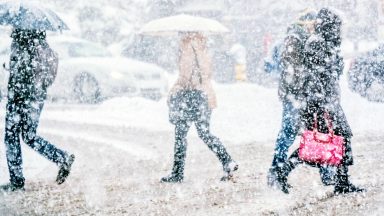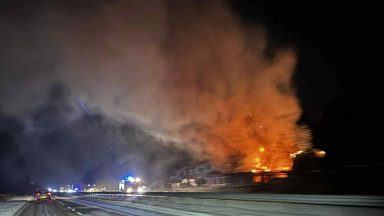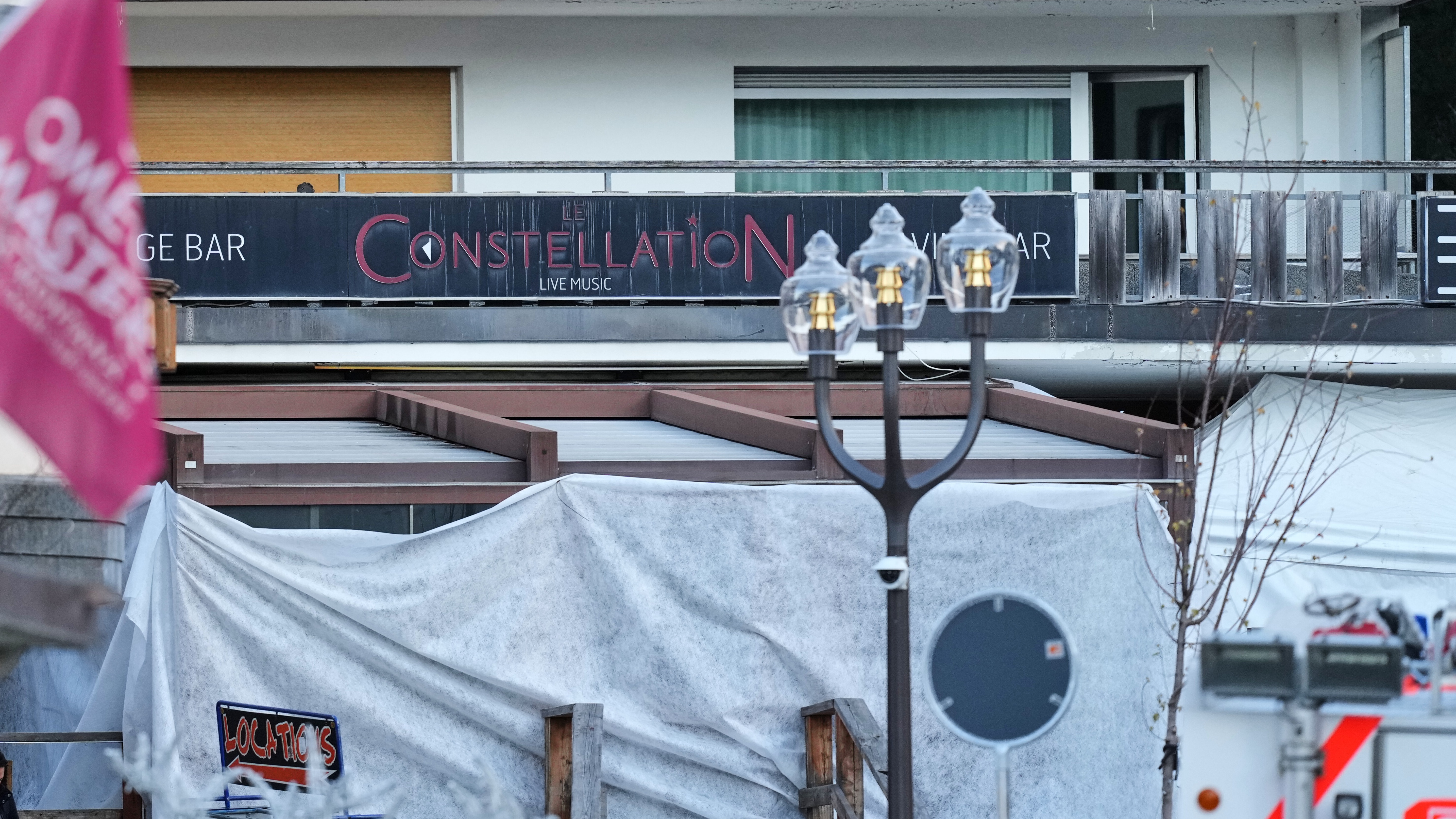Scotland’s environmental regulator has received more than 2,000 complaints about sewage in rivers, lochs and seas since 2019.
Figures obtained by the Scottish Liberal Democrats using freedom of information legislation show 1,048 complaints were made to the Scottish Environment Protection Agency (Sepa) in the first nine months.
A further 1,051 complaints were logged between July 2022 and September 2022 across nine regions.
The figures, first published by the i newspaper, show the Edinburgh, Lothian and Borders area had the highest number of complaints, with 262 between July 2022 and September 2023.
Meanwhile, 139 were made in the Greater Glasgow and Clyde area during this time, followed by 124 in Fife, Angus and Dundee.
Regulators were unable to provide the full scale of figures due to a December 2022 cyber attack impacting data between January 2020 and June 2022.
Scottish Lib Dem leader Alex Cole-Hamilton has voiced concern the true scale of sewage leaks into Scottish waters may be underestimated because just 4% of the 3,614 overflows in the 31,000-mile network are currently monitored.
Mr Cole-Hamilton said: “Scottish Liberal Democrats are determined to get to the bottom of Scotland’s sewage scandal.
“Only a tiny fraction of the network is currently monitored but public complaints can give us a more complete picture of how widespread this problem is.
“While our rivers, lochs and coastlines are destroyed, customers are facing bumper price rises from the Government-owned water giant.
“To turn the tide on this scandal, Scottish Liberal Democrats have published plans for a Clean Water Act that would see vital upgrades to our sewage network and a clamp down on discharges.”
A Scottish Water spokesman said 87% of waterbodies are rated good or better.
The spokesman said: “Our programme of £2.7 billion investment in the past decade, with an additional £500 million to improve monitoring and infrastructure, will help meet even higher standards.
“A programme to install 1,000 new monitors by December 2024 remains on track. A parallel programme to improve the monitoring network in more than 180 waste water catchment areas using new technology is already delivering results, with an additional 229 monitors and alarms installed ‘upstream’ and 40 potential pollution incidents being proactively prevented.
“We recognise that what can be released intermittently into Scotland’s waters is a concern to people and we are playing our part in fully informing the public about this.
“Around 99% of overflows is rain water, surface water, road run-off, grey water, infiltration of groundwater and trade effluent. The system is designed to operate in a way that prevents blockages and flooding our homes, businesses and communities.”
Nathan Critchlow-Watton, head of water and planning at Sepa, said the regulatory body is focused on protecting and improving Scotland’s water.
He said: “Combined Sewer Overflows (CSOs) are an integral part of Scotland’s sewerage system, designed to discharge at times of high rainfall to prevent sewage backing up and flooding houses. Sepa regulate discharges to the water environment, including discharges from CSOs, and assess Sewer Network Licences on a rolling basis, with particular focus on those which have unsatisfactory compliance, as these can discharge sewage litter and impact on people’s enjoyment of the environment.
“We’re clear in our regulatory role in ensuring Scottish Water delivers against the Urban Waters Route Map, prioritising investment where it will have the most benefit for the environment and communities.
“Scottish Water have committed to installing monitors on every CSO discharging to an amenity water by the end of 2024, with near real-time monitoring published for all these monitored CSOs by the end of 2024. Sepa will ensure this commitment is delivered.”
The Clean Water Act proposes upgrading the sewage network, monitoring every sewage dump with published, binding targets for reduction, and a complete ban on the release into protected areas such as bathing waters.
The party raised the alarm on sewage previously after figures showed there were 14,008 discharges logged in rivers and lochs in 2022, up from 10,799 in 2021.
A Scottish Government spokesperson said: “Sepa assess 87% of water bodies in Scotland as having ‘high’ or ‘good’ water quality, up from 82% six years ago. This means our rivers and coastal waters are overall in good ecological condition, but we are not complacent, and continue to work closely with Sepa and Scottish Water to monitor and improve water quality.
“Scottish Water is committing up to £500 million to improve water quality, increase monitoring of the highest priority waters and tackle debris and spills. However, it is important to note that overflows from sewers are wastewater which has been highly diluted by rainwater, and which normally consists of less than 1% toilet waste.
“We have also recently undertaken a public consultation on water, wastewater and drainage which considers how we limit the amount of rainwater entering sewers to reduce overflows.”
Follow STV News on WhatsApp
Scan the QR code on your mobile device for all the latest news from around the country


 PA Media
PA Media

























